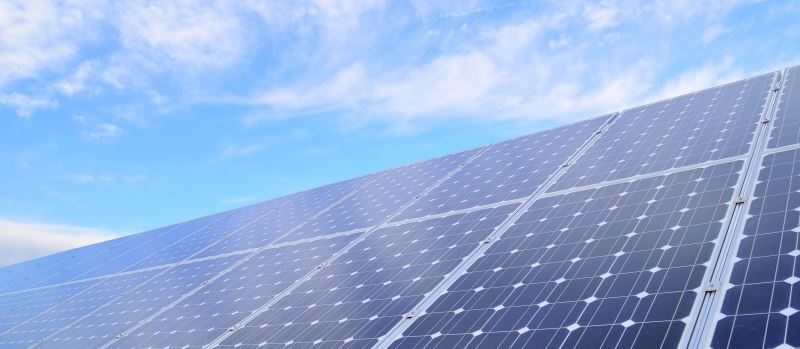
The number one question we get from people on our site is:
How much does a solar power system cost?
Usually the next question is:
Why the heck has the government fiddled with the Feed-In Tariff amounts and are now only paying solar home owners 6 – 8 cents per kWh fed back into the grid?
So, we thought we’d kill two birds with one stone and try and answer both questions at once by looking at historical pricing data for solar.
Solar Power System pricing
Let’s start the answer with some numbers a client was willing to generously share with us, just to give you an idea of how pricing has changed over the years.
| Date Range | Average System Price (~5kW) |
| Jan – Mar 2011 | $18,198.46 |
| Jan – Mar 2012 | $11,446.88 |
| Jan – Mar 2013 | $9,790.91 |
| Jan – Mar 2014 | $7,889.39 |
| Jan – Mar 2015 | $7,258.38 |
These prices are for a ~5kW system using Tier 1 panels and inverter. In other words, they are not the lowest prices available, because they include high quality components, which does increase the prices somewhat.
As you can see, prices have dropped by approximately 60% in just 4 years, which is fantastic news for those of you considering the purchase of solar now, rather than 4 or 5 years ago.
If price is really an issue for you and you’re willing to go for a lower quality ~5kW system, you could get pricing as low as the mid-high $4000s. Of course, whether it will last 5-10 years without breaking down is another story altogether…
UPDATE (11 Dec 2015): The installer who provided the above figures for us has just let us know they are now selling a quality (Tier 1 components) 5kW system for only $5990, so the price drops have continued!
Feed-In Tariff pricing
Moving onto the Feed-in Tariff, the big issue here is that they vary from retailer to retailer, location to location, and year to year, so it is difficult to compress all the data down to 1 rate per year.
However, as a rough estimate, we know that Feed-in Tariffs were in the ball park of 40 – 60 cents per kWh fed back to the grid in 2009 to approx 2011, depending on which state you lived in. Nowadays (2015) almost all FITs are below 10c per kWh, and even zero in some cases.
Your best resource for FIT figures is probably this page on Wikipedia:
https://en.wikipedia.org/wiki/Feed-in_tariffs_in_Australia
So, the common question is: why have Feed-in Tariffs been cut so much over the years?
The short answer is that they were never designed to be permanent in the first place, nor were they designed to stay at high levels for ever.
Feed-in Tariffs were PURELY designed as a mechanism to encourage people to start buying solar power, back in the early days when a system might have cost $20K+.
The idea was that if someone was willing to invest larger amounts in solar (which has the added advantage of reducing the load on the power grid), they would be given some compensation (in the form of Feed-in Tariff payments) to help offset the high purchase price.
The other reason is that increasing sales of solar power systems would eventually drive down system prices due to economies of scale (which is a perfectly normal way businesses have reduced prices and increased sales for centuries.)
Obviously this economies of scale thing has worked really well, with systems plummeting in price probably 70-80% in just the last 5 years alone.
There’s a very good article by Ramez Naam discussing how this all plays out here:
http://rameznaam.com/2015/08/10/how-cheap-can-solar-get-very-cheap-indeed/

His figures show that solar electricity prices have declined by ~16% for every doubling of installed solar capacity.

Even Henry Ford had similar prices drops (in 1909 to 1923) as production capacity of the Model T Ford scaled up, so this is not a unique-to-solar phenomenon.
So, What’s The Bottom Line?
Long version short, you could get a 5kW solar power system back in 2011 for approx $18,200 and get a Feed-in Tariff of approx 40-60 cents per kWh OR you could buy that same sized system in 2015 for $5,990 (or less) and get 6-8 cents per kWh.
Given the upfront cost of purchasing solar is the #1 reason people don’t buy solar, it’s fair to say that the vast majority of home owners would go for the cheaper upfront priced system, even if the Feed-in Tariff is lower.
Added to which, electricity is a LOT more expensive now in 2015 than back in 2011 (approx 50% more expensive now than in 2011!), which means you would save more by having and using solar power now than back 4 years ago. In fact, the actual Return on Investment for a solar system now (late 2015) is higher than back in 2010/2011, even with a smaller Feed in tariff!
Going back to our first question, how much does a solar power system cost – in Q4 2015, you can typically get a decent quality 5kW system (almost the average installed system size in Australia these days) for somewhere around $5k – $6K.
If you’d like to crunch the Return On Investment numbers for solar power for your home or business, why not use our Free Solar Savings Calculator. It will give you some ball park figures of how quickly solar will pay for itself for you, and ultimately how much money it will save you over its lifetime.
Alternatively, if you’d like to get 3 free quotes for solar power for your own home or business, just fill in the quote form below (it only takes 30 seconds) to get the process started, and you’ll be contacted by 3 local installers ASAP to provide a fully customised no-obligation quote for solar.










